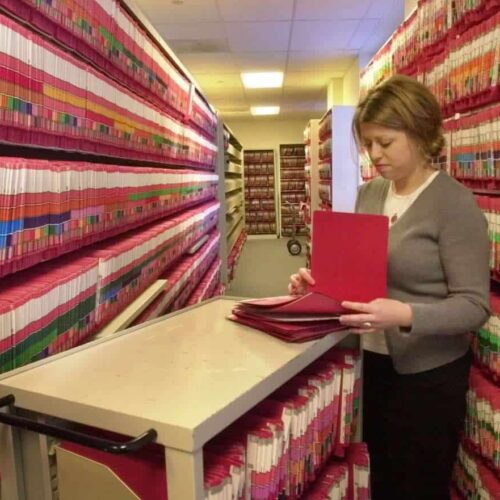Introduction
The federal courts are destroying millions of judicial case records that have been stored in the Federal Records Centers of the National Archives for decades, all in an effort to save money.
The plan is to destroy all records on cases that did not go to trial that were filed between 1970 and 1995. For other records, the federal judiciary has reduced the current record retention time from 25 to 15 years in an effort to cut costs. All cases that went to trial or were filed before 1970 will be kept.
When a federal case is filed, it is held in the U.S. District Court of record for a period of time, but is ultimately transferred to one of the Federal Records Centers in 17 cities around the country. The National Archives charges the courts a storage fee for holding these documents; last year the fee was over $6.2 million.
The new retention plan will help save $7.7 million over the next 10 years.
However, the decision to destroy 79,000 boxes filled with civil cases, 43,000 boxes of criminal cases and over 500,000 bankruptcy records is cause for concern among legal historians and advocates for public access to information.
“On one hand I recognize that the NARA faces a real-world problem of storing a large volume of records that are not in the digital form, but the problem is the public does not have any access to this information once it is destroyed,” said Anne Weismann, chief counsel of Citizens for Responsibility and Ethics in Washington. She is also president of The American Society of Access Professionals, an organization that provides education on FOIA and Privacy Act laws and regulations.
The plan of the judiciary, according to a May 2011 article in The Third Branch, the judicial branch newsletter, is to have all courts identify records considered historic to prevent them from being destroyed. Historic records include cases that involve parties who are historically significant, involved an issue of or national historical interest, or cases that received substantial media attention. Electronic copies of the destroyed records, however, will not be made.
Daniel R. Ernst, a Georgetown law professor and legal history scholar, said that while the historic value of all non-trial temporary case files varies as time passes, there is a chance that information on trends in litigation will be lost.
“It’s good that they are thinking about strategies to preserve information, but it’s hard to know what historians will want,” Ernst said. “No one can fully anticipate what’s important, even with a [historical] checklist, trends will be missed.”
Judge Hugh Brenneman of the U.S. District Court for the Western District of Michigan sent letters to lawyers, judges and clerks in Michigan to get input on what may be considered historic and should be preserved. As of now, the response has been low. The Western District plans to get rid of over 25,000 records and preserve about 9,900.
A representative from the Administrative Office of the U.S. Courts was unable to answer when and how all of these records will be destroyed.

Join the conversation
Show Comments